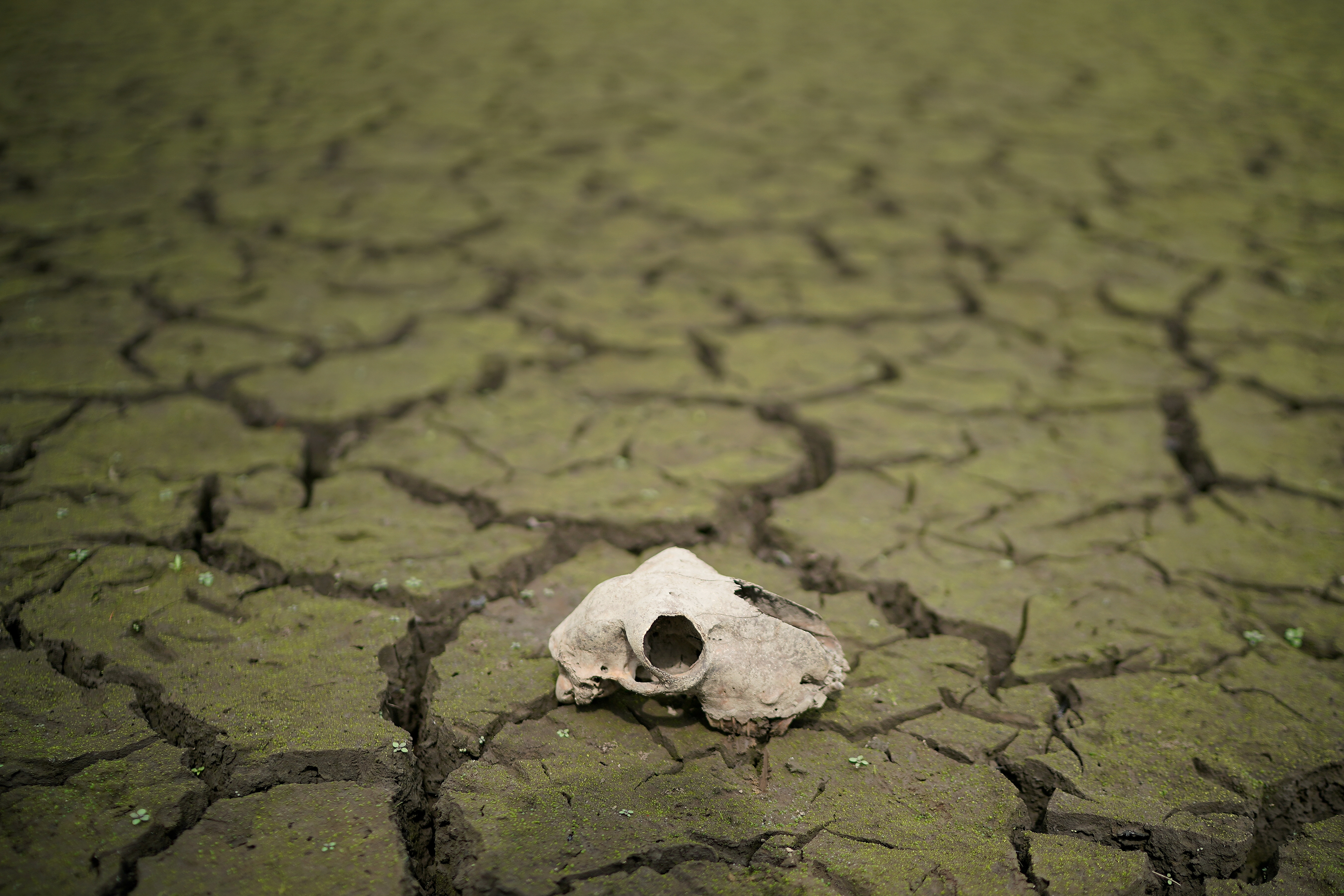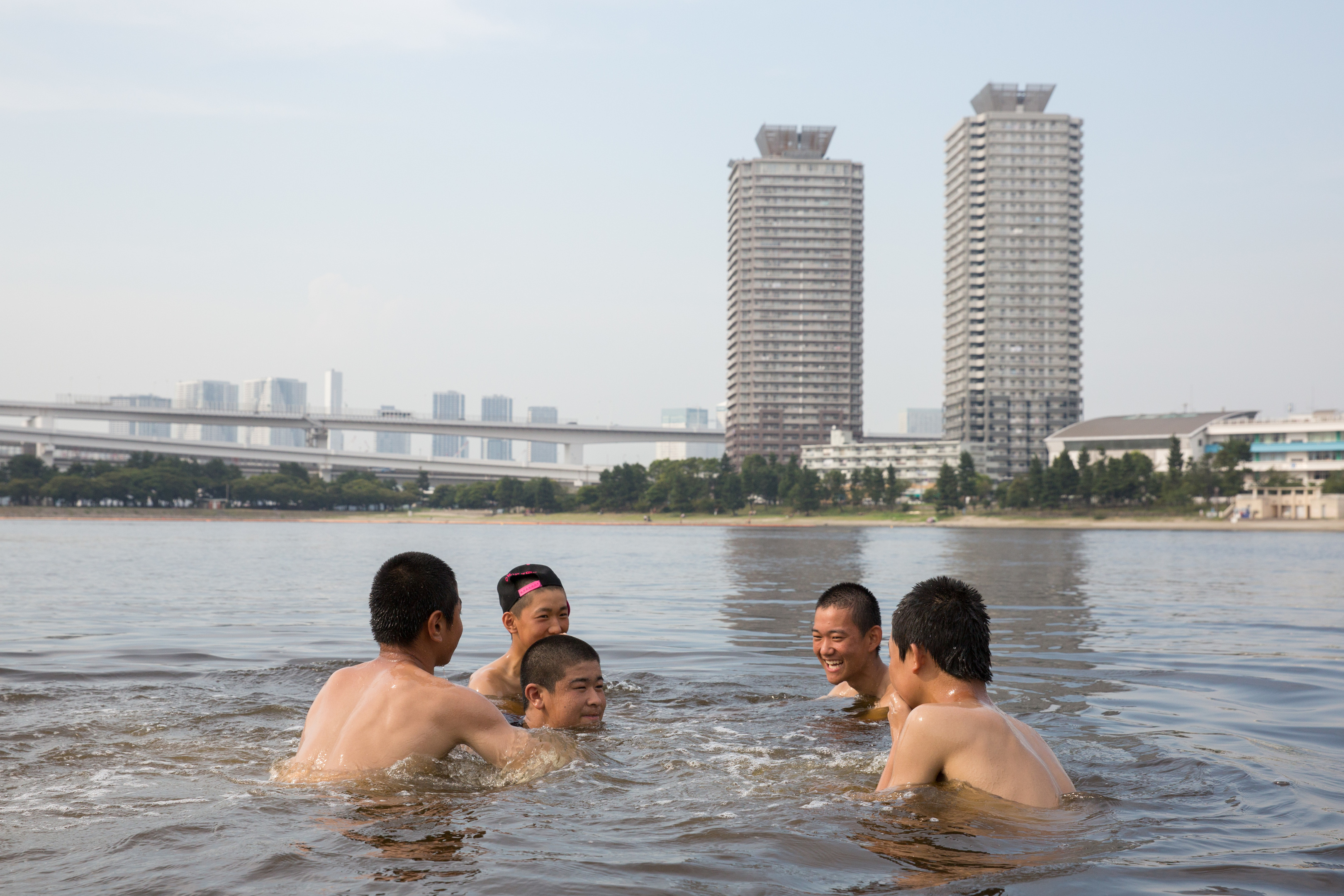
RISING global temperatures caused by human activity are making the heatwaves gripping the northern hemisphere more likely, scientists warn.
Extreme heat has been seen in the northern hemisphere, with temperatures exceeding 30C (86F) in the Arctic circle, a deadly heatwave in Japan being declared a “natural disaster” and heatwaves in parts of North America and Siberia.
Professor Peter Stott, Met Office science fellow in attribution, likened the increased chances of a heatwave to rolling a dice and getting a six – but that climate change was weighting the dice.
“What we’ve seen this summer is repeated throwing up a six in different parts of the world.
“If you get a six over and over again you start to think ‘This is not normal, somebody has given me a loaded dice’.”
He said the chances of the 2003 heatwave in Europe happening was more than doubled by climate change, and predictions by climate models that heatwaves would increase in frequency “are coming true before our eyes”.
He said the “jury is out” on the extent to which climate change is affecting the jet stream, whose current pattern is keeping an area of high pressure to the west of Britain and causing the hot, dry weather.
But he said: “It’s settled into a pattern here this summer, and what that means when it’s in this pattern, the Arctic temperatures are very much warmer, and temperatures are globally very much warmer, it’s fuelling these heatwaves.”
Temperatures have risen globally around 1C above pre-industrial levels, as a result of greenhouse gases put into the atmosphere from activities such as burning fossil fuels, while increases in the Arctic have been much greater.
Figures from Nasa show last month was tied as the third warmest June in 138 years of modern record-keeping at 0.77C above the 1951-1980 average, with only June 2015 and 2016 warmer.
Professor Len Shaffrey, professor of climate science at the University of Reading, said: “Global temperatures are increasing due to climate change.
“The global rise in temperatures means the probability that an extreme heatwave will occur is also increasing.”
Recent studies showed climate change had made extremes such the European “Lucifer” heatwave, which hit south-east France, Italy and Croatia last summer, at least four times more likely, he said.
He added: “The current hot and dry spell in the UK is partly due to a combination of North Atlantic Ocean temperatures, climate change and the weather.
“Should weather patterns continue as they are then we might expect this summer will turn out to be as hot and dry as the extreme summer of 1976.”
Dr Jeffrey Kargel, senior associate research scientist and glaciologist at the University of Arizona, said the upsurge in months-long extreme weather showed the climate is less stable than it was 30 years ago.
“This profound instability seems to be the harshest effect of global climate change,” he said, warning of the costs of extreme weather, from wildfires to agricultural losses during droughts.

Enjoy the convenience of having The Sunday Post delivered as a digital ePaper straight to your smartphone, tablet or computer.
Subscribe for only £5.49 a month and enjoy all the benefits of the printed paper as a digital replica.
Subscribe